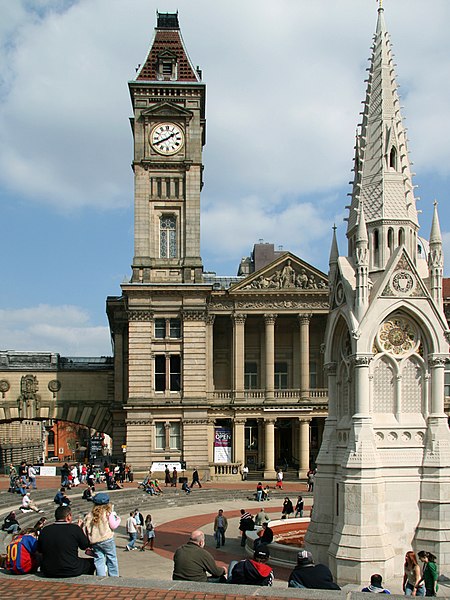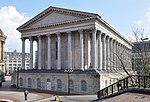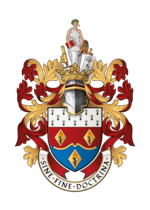Big Brum

Big Brum is the local name for the clock tower on the Council House, Birmingham, England. Built in 1885, the clock tower is part of the first extension to the original Council House of 1879 and stands above the Museum & Art Gallery. The clock tower, Museum & Art Gallery and Council House were designed by architect Yeoville Thomason and form a single block. The clock was donated by Follett Osler, a local pioneer in the measurement of meteorological and chronological data. The clock mechanism was supplied by Gillett & Co. of Croydon, and the clock-tower and lofty entrance portico were considered the "most conspicuous features" of the exterior upon opening."Brum" is the local term for the town, the people and the dialect, and the name "Big Brum" can refer to either the clock, the tower or the bell. It is an allusion to the popular name of the clock tower of the Palace of Westminster, which houses the bell Big Ben. The Birmingham clock tower bell also rings with the Westminster Chimes.
Excerpt from the Wikipedia article Big Brum (License: CC BY-SA 3.0, Authors, Images).Big Brum
Centenary Way, Birmingham Ladywood
Geographical coordinates (GPS) Address Nearby Places Show on map
Geographical coordinates (GPS)
| Latitude | Longitude |
|---|---|
| N 52.4803 ° | E -1.904 ° |
Address
Centenary Way
Centenary Way
B3 3AX Birmingham, Ladywood
England, United Kingdom
Open on Google Maps









